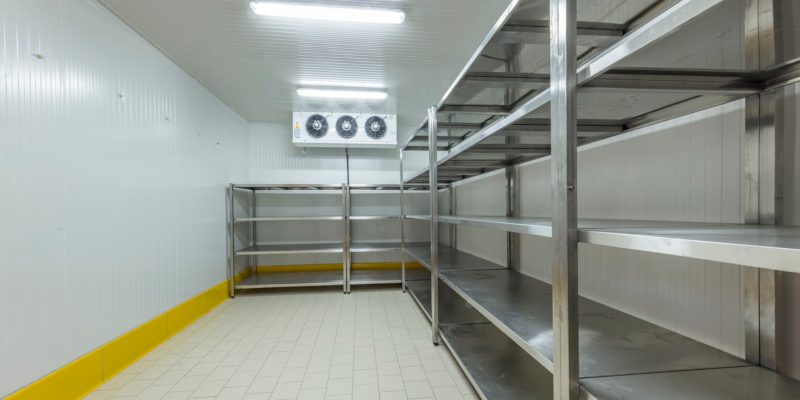If you have a restaurant or other business that needs a large amount of cooling space, a custom walk-in cooler may be just the thing you need. However, one consideration you will need to think carefully about before making the investment is what type of custom walk-in cooler will best meet your needs. There are two main types of custom walk-in coolers: indoor and outdoor. Both types have many advantages and disadvantages. The best thing to do is to consult with a commercial refrigeration specialist before deciding what type of custom walk-in cooler is right for you.

Here are some things to consider about outdoor custom walk-in coolers:
- They do not take up space inside your business
- The installation and delivery process can be faster with outdoor units.
- Because the unit is already outside, the warm air produced can be easily released without needing additional units and running refrigerant lines through your business.
- When you receive chilled food deliveries, it is easy to put them away if you have an exterior door.
- You will either need to put a door in your wall to access the cooler or you will have to walk outside every time you want to access it.
- Because of extreme temperatures, it will use more energy, making operating costs higher.
- It may require additional components like a sun canopy, a fence, a snow roof, etc.
Here are some things to consider about indoor custom walk-in coolers:
- They cost less in various ways, including purchase price, installation cost, operating cost and maintenance cost.
- They provide easier access to you and employees.
- They are not visible outside your business, deterring theft.
- They require significant indoor space and may need a reinforced floor because of the weight of the unit and its contents.
- They can heat up your building or require refrigeration lines to be run to the exterior.


